Small Square Flower Garden Ideas: Beautiful Designs for Limited Spaces
Creating a small square flower garden can transform even the tiniest space into a lush, vibrant oasis. With the right planning and a bit of creativity, you can bring color and life to your yard or outdoor area. Whether you’re an experienced gardener or a beginner, designing a small square flower bed offers endless possibilities for making the most of limited space.
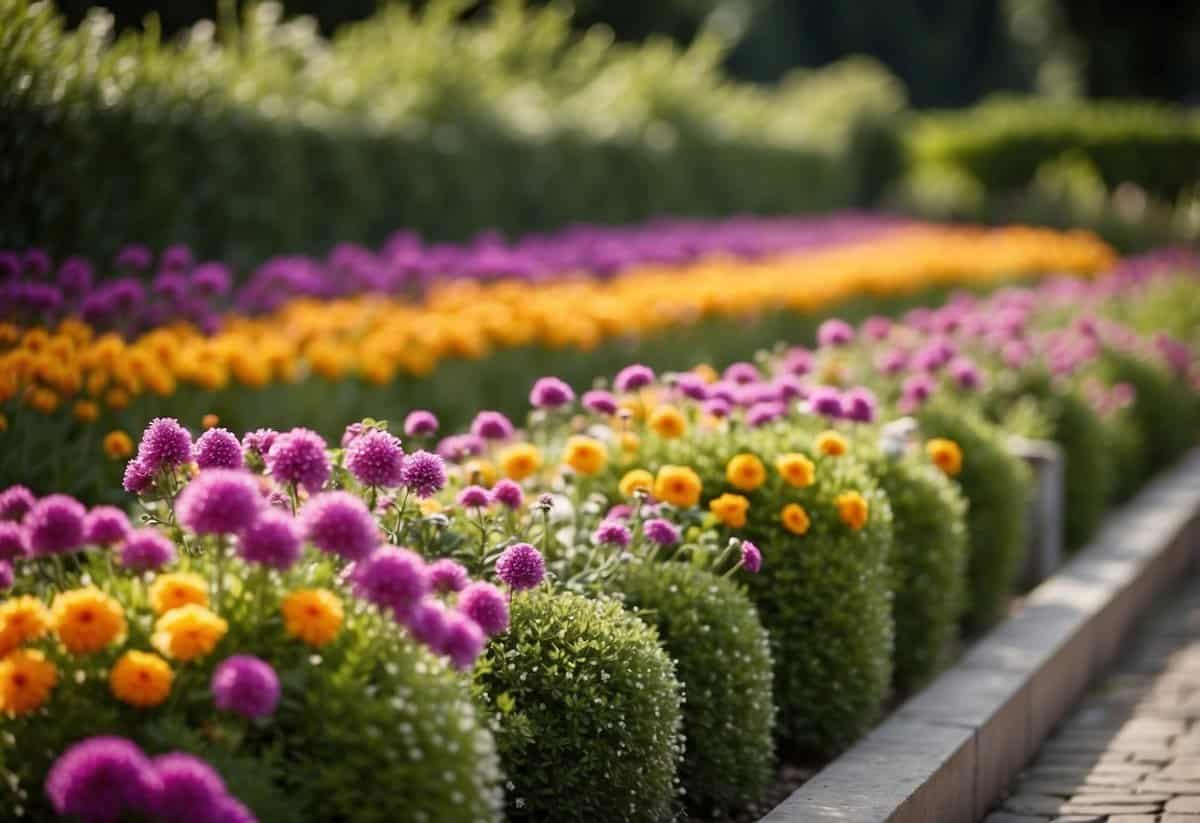
What makes small square flower gardens so appealing is their versatility and ease of maintenance. You can experiment with different plant combinations, colors, and textures to achieve a stunning visual effect. Plus, these compact gardens can fit into almost any outdoor space, making them perfect for city dwellers or those with small backyards. Moreover, a well-designed square flower bed can serve as a beautiful focal point, enhancing the overall look and feel of your garden.
1) Using Recycled Bricks as Edging
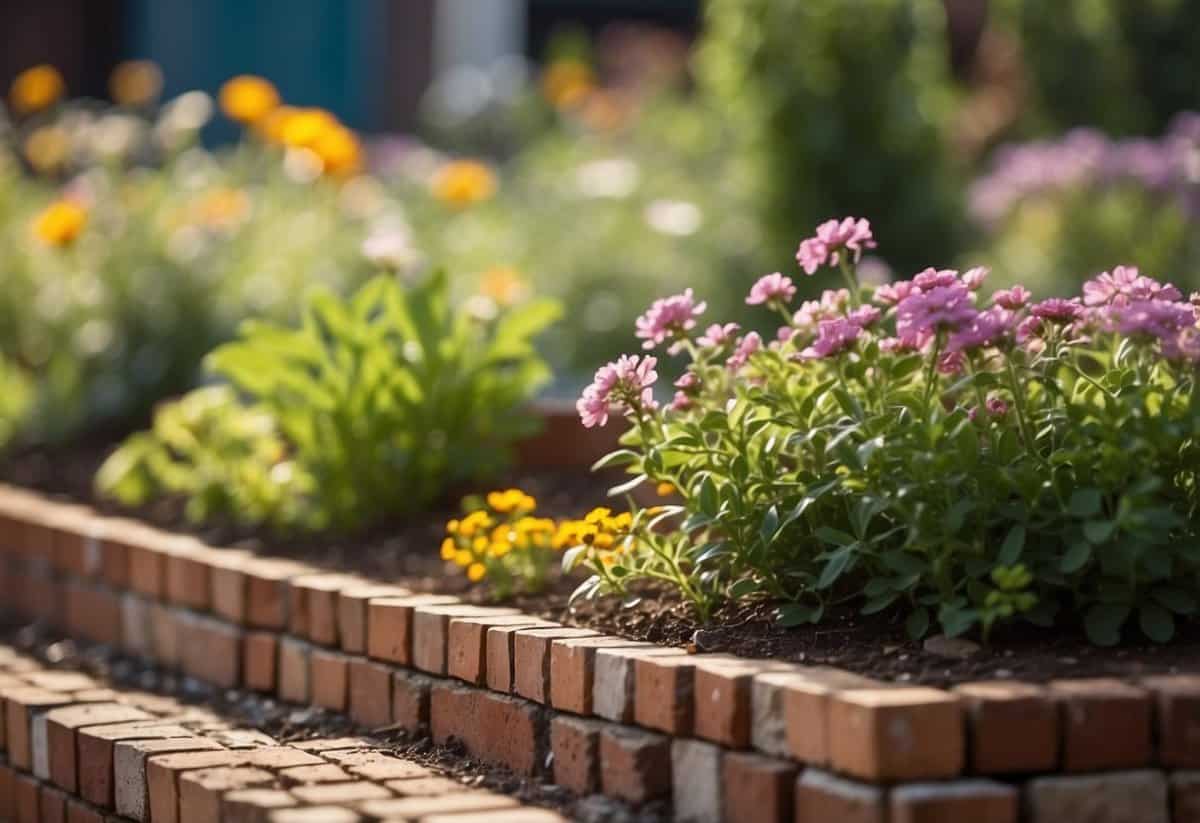
Using recycled bricks to edge your flower garden is a great way to add charm. Bricks create a neat boundary and help keep plants in place.
You can lay bricks flat or stand them upright for a different look. Choose bricks in various colors to add personality.
This method uses materials you might already have. It’s both eco-friendly and budget-friendly.
2) Planting Lavender for Fragrance
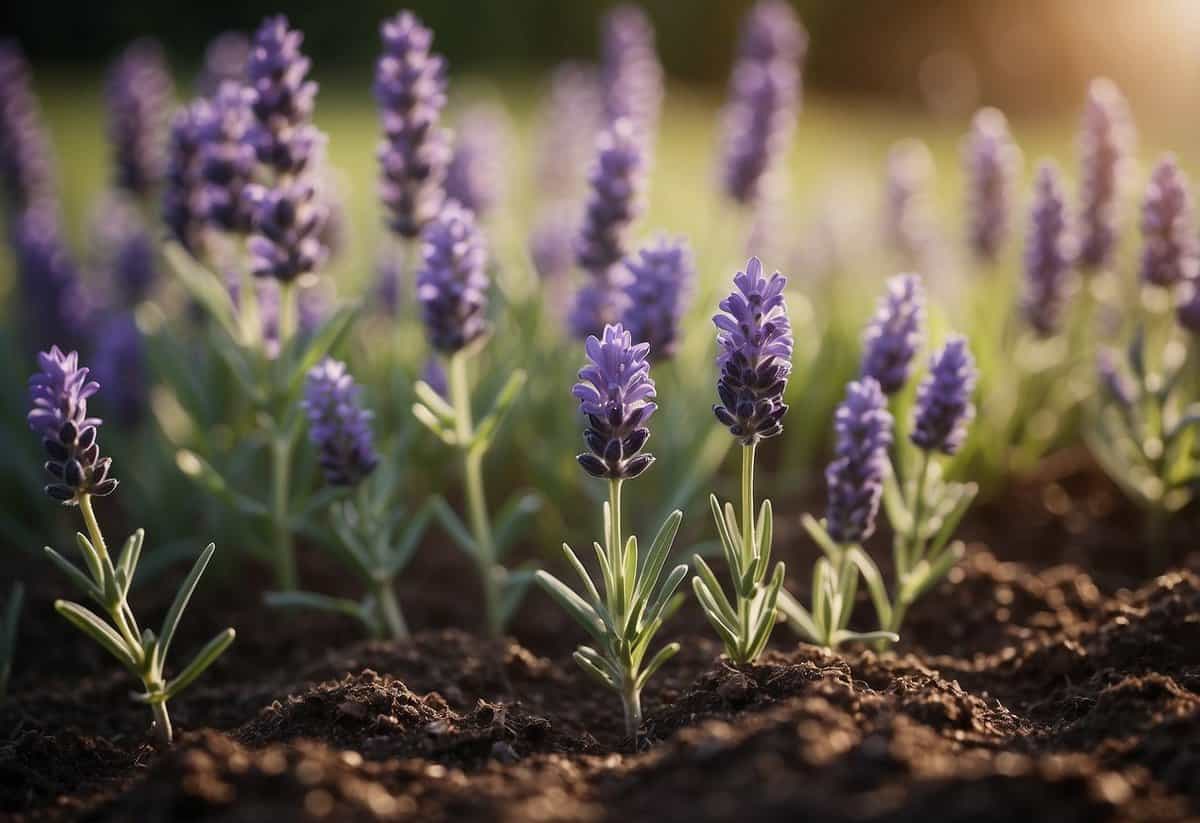
Lavender is perfect for adding a wonderful scent to your small square flower garden. The plant’s fragrant purple-blue flowers can create a relaxing and pleasing aroma in your outdoor space. Plus, it looks lovely and adds a pop of color.
Consider planting lavender as a hedge along the borders of your garden. It can grow well in both front and back yards, making it versatile for any small garden layout.
Remember to space your lavender plants about 15 inches apart to ensure they have enough room to grow and thrive.
3) Creating a Symmetrical Pattern with Boxwoods

You can create a beautiful, balanced look in your small square flower garden by using boxwoods. These evergreen shrubs are easy to shape and maintain.
Place boxwoods at the corners of your garden to anchor the space. Then, add them along the edges for a neat border.
Consider placing rounded boxwood balls along paths or steps. This adds a smart element to your garden’s symmetry and contrasts nicely with the linear lines of pathways (source).
4) Incorporating Stepping Stones
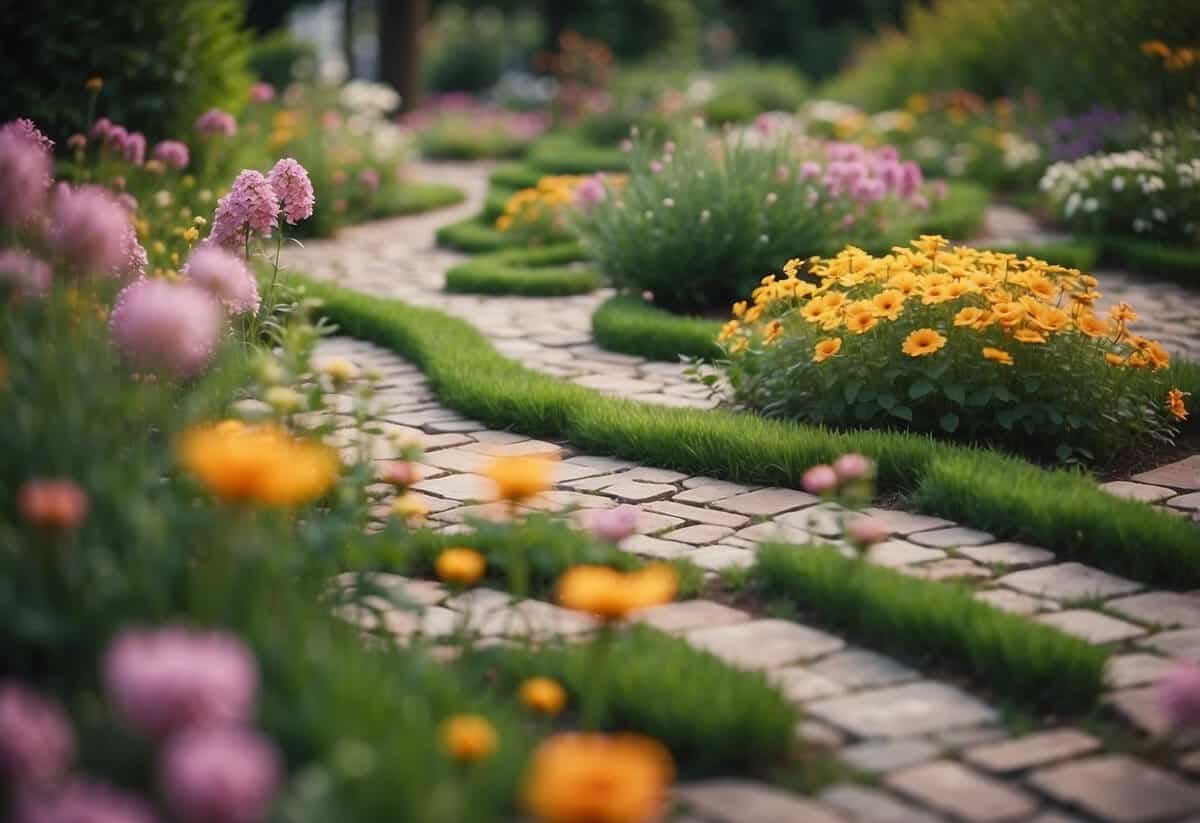
Adding stepping stones to your small square flower garden is a great way to create a charming walkway.
You can use stones of various shapes and textures to make the garden more engaging.
Slate concrete stepping stones provide a rustic charm and are durable.
Pebbled paths, where small stones are pressed into cement, offer a unique look and texture.
A natural flagstone pathway can make your garden feel lush and elegant.
Stepping stones also make it easier to walk without disturbing your plants.
5) Using Vintage Containers for Planting

Vintage containers can add charm to your small square flower garden. Old birdcages, for example, create a unique look. Flowers and herbs can grow through the bars, adding architectural interest and a touch of history to your garden.
Consider using a vintage toolbox or an old colander for planting. These items can become eye-catching planters. Line the colander with moss and fill it with colorful blooms for a standout display. Repurposing old items not only looks great but is also an environmentally friendly choice.
6) Adding a Small Water Feature
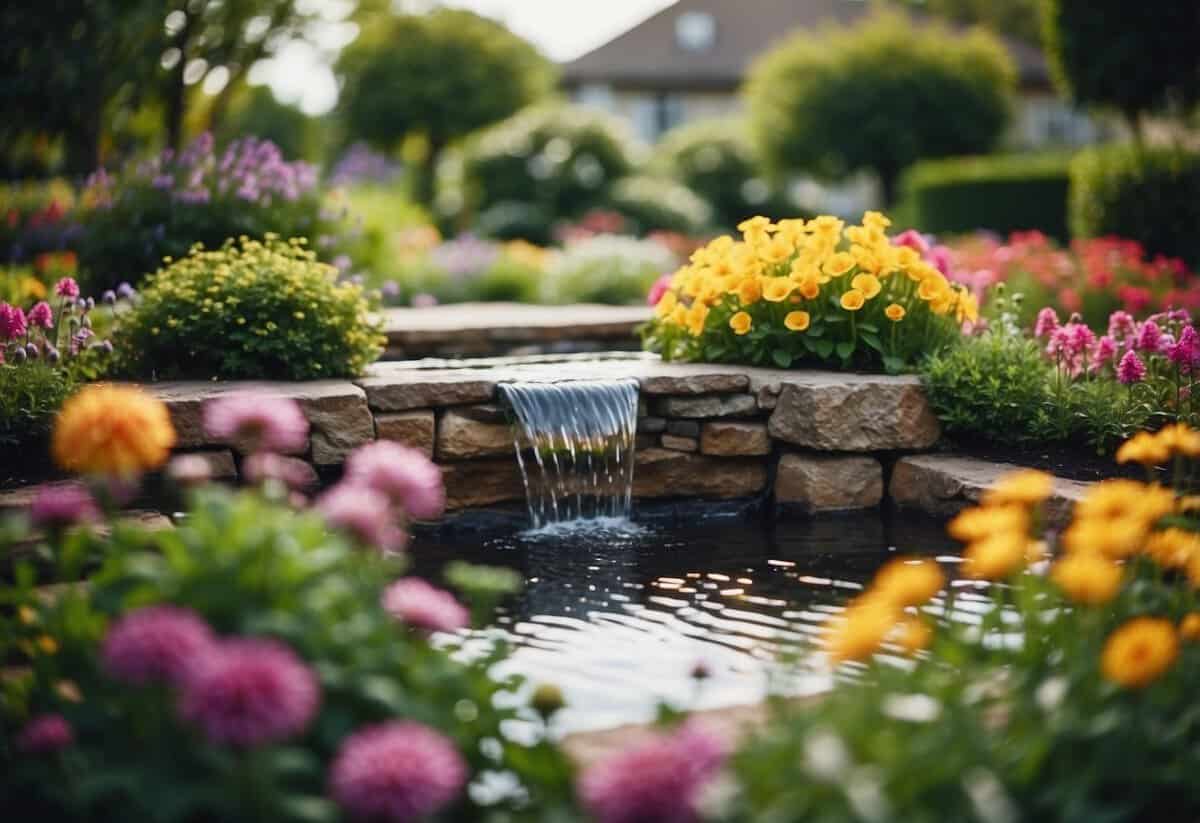
A small water feature can make your flower garden feel special. It brings a calming sound and adds visual interest.
You can use a ceramic dish and bowl to create a simple yet beautiful feature. It fits well in a square garden and can attract birds and butterflies.
A rocky fountain in the center of a pond is another great idea. It’s compact and works well in small spaces.
7) Growing Climbing Roses on Trellises

Climbing roses can add vertical beauty to your small square flower garden. They are perfect for trellises and can create a stunning focal point.
Choose a sunny spot for your climbing roses. They need at least six hours of sunlight each day. A sunny spot will help them bloom beautifully.
Prepare the soil well. Dig a hole twice the size of the root ball. Mix in compost to improve drainage and fertility.
Place your climbing rose next to the trellis. Gently spread out the roots in the hole. Fill it with soil and water well.
Regularly tie the stems to the trellis using garden ties. This will help them grow up the structure and stay secure.
Prune your roses to remove dead or weak stems. This encourages healthy growth and more flowers.
8) Planting Herbs Like Thyme and Sage

Thyme and sage are perfect for small square flower gardens. These herbs are fragrant and add a touch of green to your space.
Thyme is a low-growing herb that spreads easily. It’s hardy and doesn’t need much water.
Sage, with its velvety leaves, grows in small, bushy clumps. It thrives in sunny spots and well-drained soil.
Creating a Mini Zen Garden
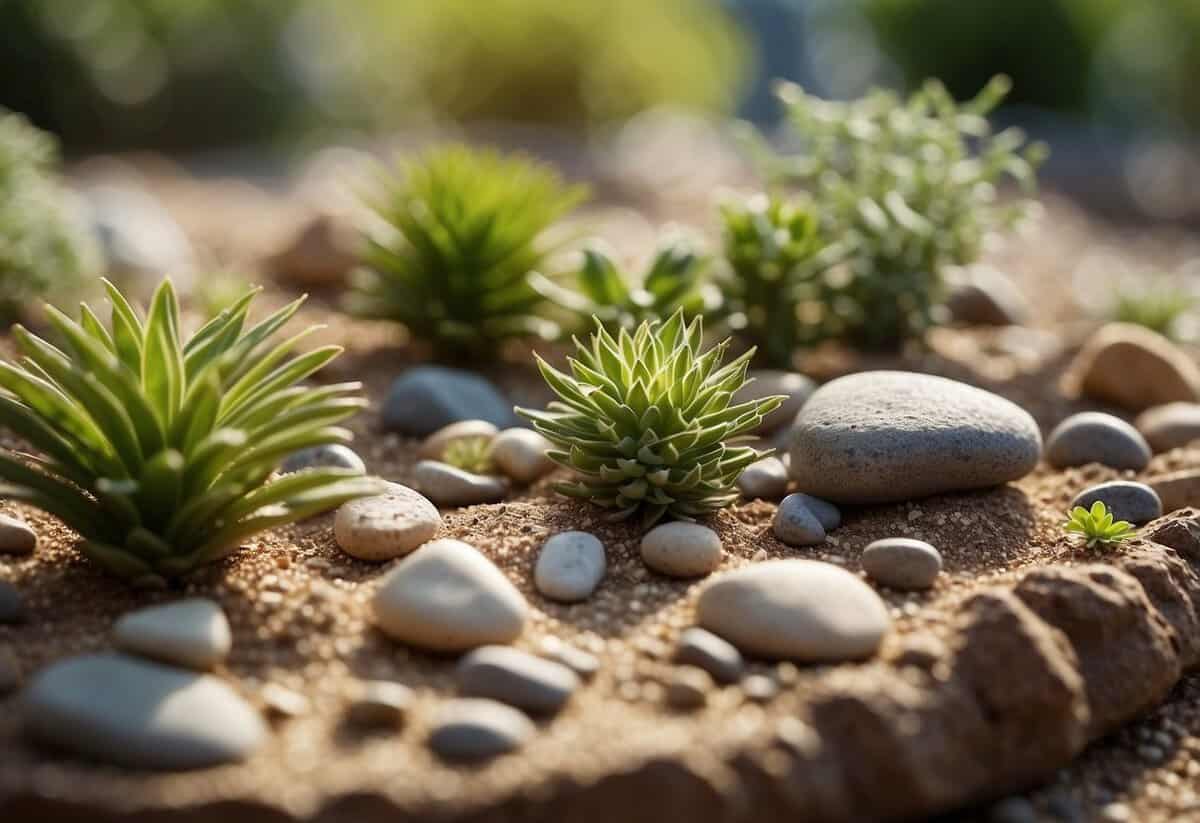
Transform your small square flower garden into a calming space with a mini Zen garden. Start by selecting a tray and filling it with sand. Use a miniature rake to create patterns in the sand, representing water. Arrange rocks to symbolize mountains or islands. Add some succulents or moss for a touch of green.
To make your own rake, cut small pieces from chopsticks for the tines and attach them to a longer piece for the handle. Smooth the edges with sandpaper. For more detailed instructions, visit The Spruce Crafts.
10) Using Butterfly Bushes to Attract Pollinators

Butterfly bushes are a fantastic way to make your small square flower garden more lively. These plants have beautiful, arching flowers that bloom in the summer and fill your garden with color and fragrance.
Pollinators, such as butterflies, are especially attracted to butterfly bushes. The long-lasting blooms provide a valuable nectar source for these helpful insects. You can find different types of butterfly bushes, making it easy to pick one that fits your garden’s design and needs.
Butterfly bushes not only add beauty but also help support local pollinator populations.
Choosing the Right Flowers

Selecting flowers for your small square garden involves considering both the plant types and their specific needs. You’ll need to decide between perennials and annuals and pick flowers that thrive in limited spaces.
Perennials vs. Annuals
Perennials come back every year, which makes them a great investment. They save time and money since you don’t need to replant them each season. These plants, like daylilies and black-eyed Susans, can provide continuous color without much upkeep.
Annuals, on the other hand, last for just one growing season. They need to be replanted annually, but they reward you with bright, vibrant blooms all season long. Flowers like impatiens and petunias are excellent choices if you want instant color that lasts until the first frost.
If you’re looking for a mix, consider combining both. Perennials will give you a reliable base, while annuals can be changed out to reflect the season’s trends.
Best Flower Choices for Small Gardens
In small gardens, compact and low-growing plants are ideal. Flowers like dwarf zinnias, marigolds, and pansies provide color without taking up too much space. These flowers do well in tight corners and won’t overshadow other plants.
Vertical flowers like snapdragons or foxgloves can add height without using up your garden’s footprint. They draw the eye upward, making your garden feel larger than it is.
For a cohesive look, consider a color theme. Sticking to a palette can make your small space appear organized and intentional. You might choose cool hues like blues and purples, or warm shades like reds and yellows.
Edible flowers like nasturtiums and violets aren’t just beautiful; they can also be harvested for salads and garnishes, adding utility to your garden.
Designing Your Small Square Flower Garden

Creating a beautiful small square flower garden involves making the most of limited space while choosing the right colors to create a cohesive look. This section provides ideas on how to maximize space and coordinate colors.
Maximizing Space
Use vertical elements to make the most of your square garden. A trellis or arbor helps you utilize height with climbing plants like roses or lightweight squash.
Incorporate multifunctional features. For instance, raised beds can serve as seating when topped with flat stones. This way, you save space and increase functionality.
Opt for compact, high-impact plants like butterfly bush and phlox that attract butterflies and hummingbirds. These plants provide visual appeal and bring life to your garden without overwhelming the space.
Arrange plants in tiers, placing taller plants at the back and shorter ones at the front. This layering maximizes your garden’s visual depth, making it appear larger than it really is.
Paving, gravel, or decking can define paths and open areas, ensuring your garden feels organized and accessible.
Color Coordination Techniques
Choosing the right color palette is essential. Stick to a few colors to keep your garden from looking too busy. For instance, a theme of pink, purple, and white can provide a cohesive look.
Consider the bloom times of your flowers to ensure all-year-round color. Mix early bloomers like tulips with late bloomers like chrysanthemums for continuous color.
Use contrasting colors for a vibrant look. Red and green, or yellow and purple, can make your garden pop. Alternatively, a monochromatic theme, such as different shades of blue, can create a calming effect.
Evergreen hedges can serve as backdrops, highlighting your flowers’ colors. This also adds structure and continuity to your garden.
Bring in accessories like colorful pots and garden art to complement your chosen palette and add additional points of interest.
Maintenance Tips

Keeping your small square flower garden vibrant involves some simple yet crucial steps. Focus on proper watering strategies and regular pruning and deadheading to ensure your garden thrives.
Watering Strategies
Watering varies depending on your climate and plant variety. Generally, aim to water early in the morning to reduce evaporation and prevent diseases.
Use a soaker hose or drip irrigation to water at the base, which helps avoid wetting the foliage and reduces the risk of fungal infections.
Check soil moisture regularly. Stick your finger an inch into the soil; if it feels dry, it’s time to water. For consistent moisture, mulch around your plants. This retains water and minimizes weeds.
Pruning and Deadheading
Pruning and deadheading keep your plants healthy and promote new growth.
Regularly remove spent flowers by pinching or cutting them off just above the first set of healthy leaves. This encourages more blooms.
For perennials, trim back overgrown stems and remove any dead or diseased branches to improve air circulation.
Make sure to sterilize your pruning tools before use. This prevents spreading diseases from one plant to another. Keep an eye on plant shape and size, adjusting as necessary to maintain a tidy appearance.







